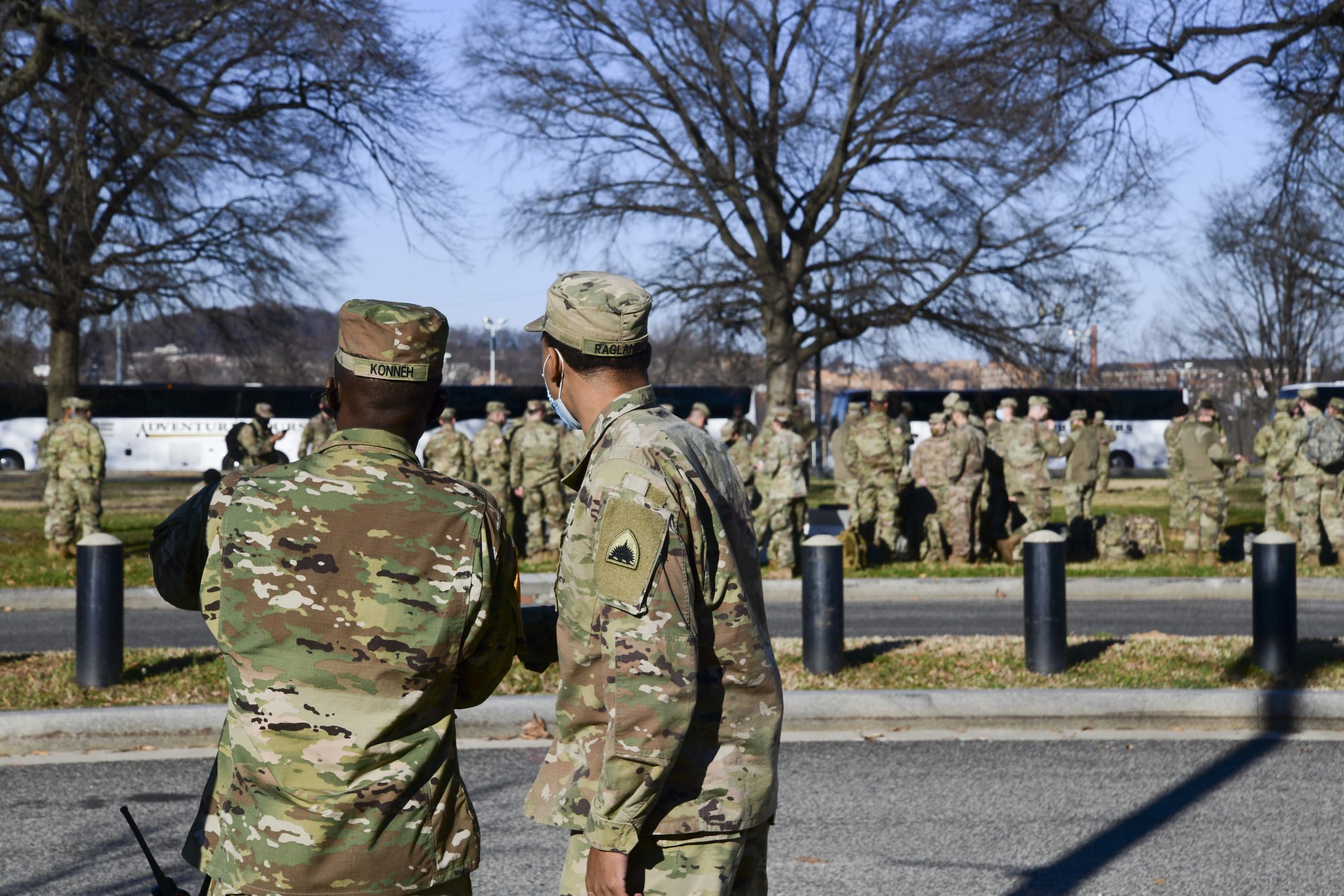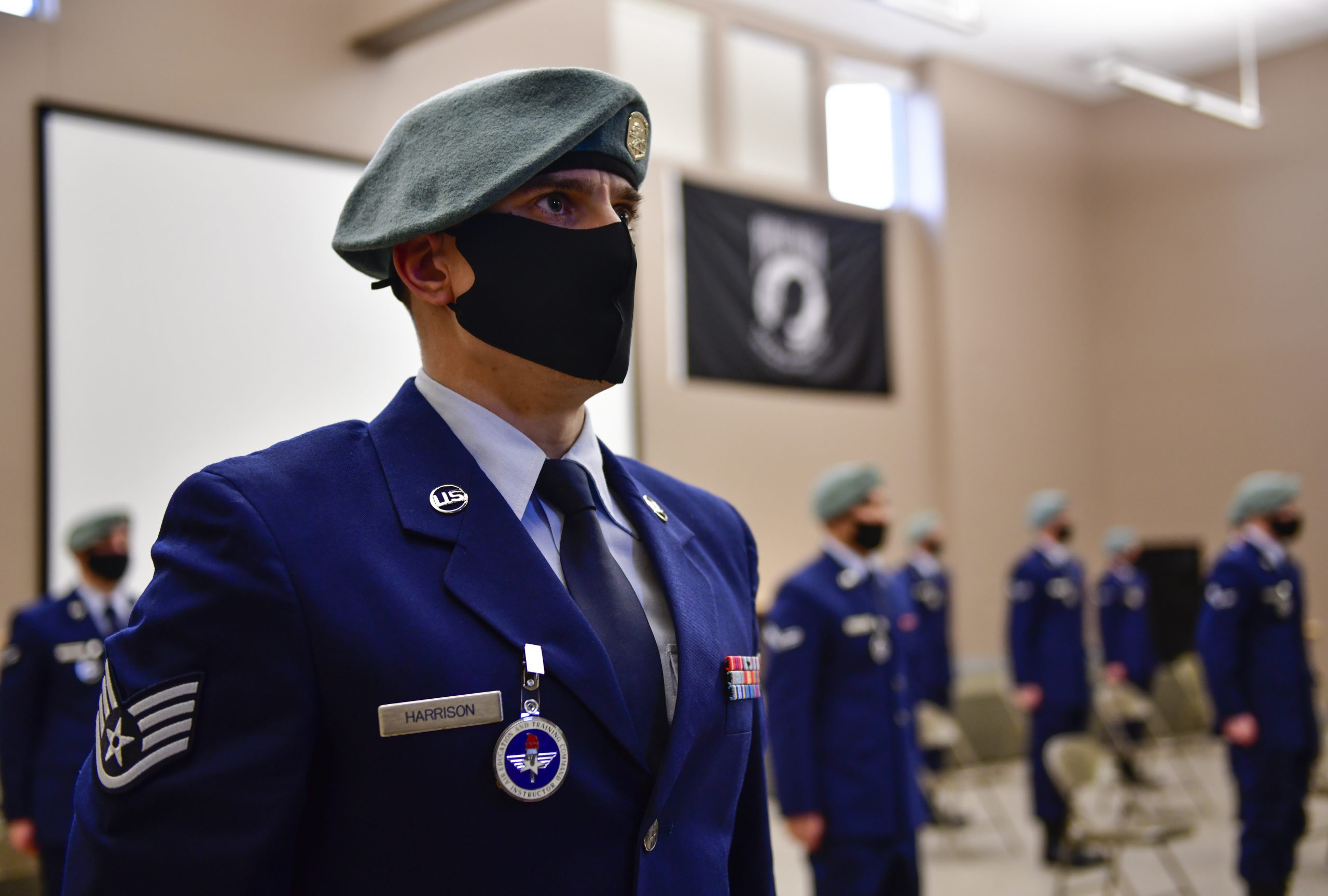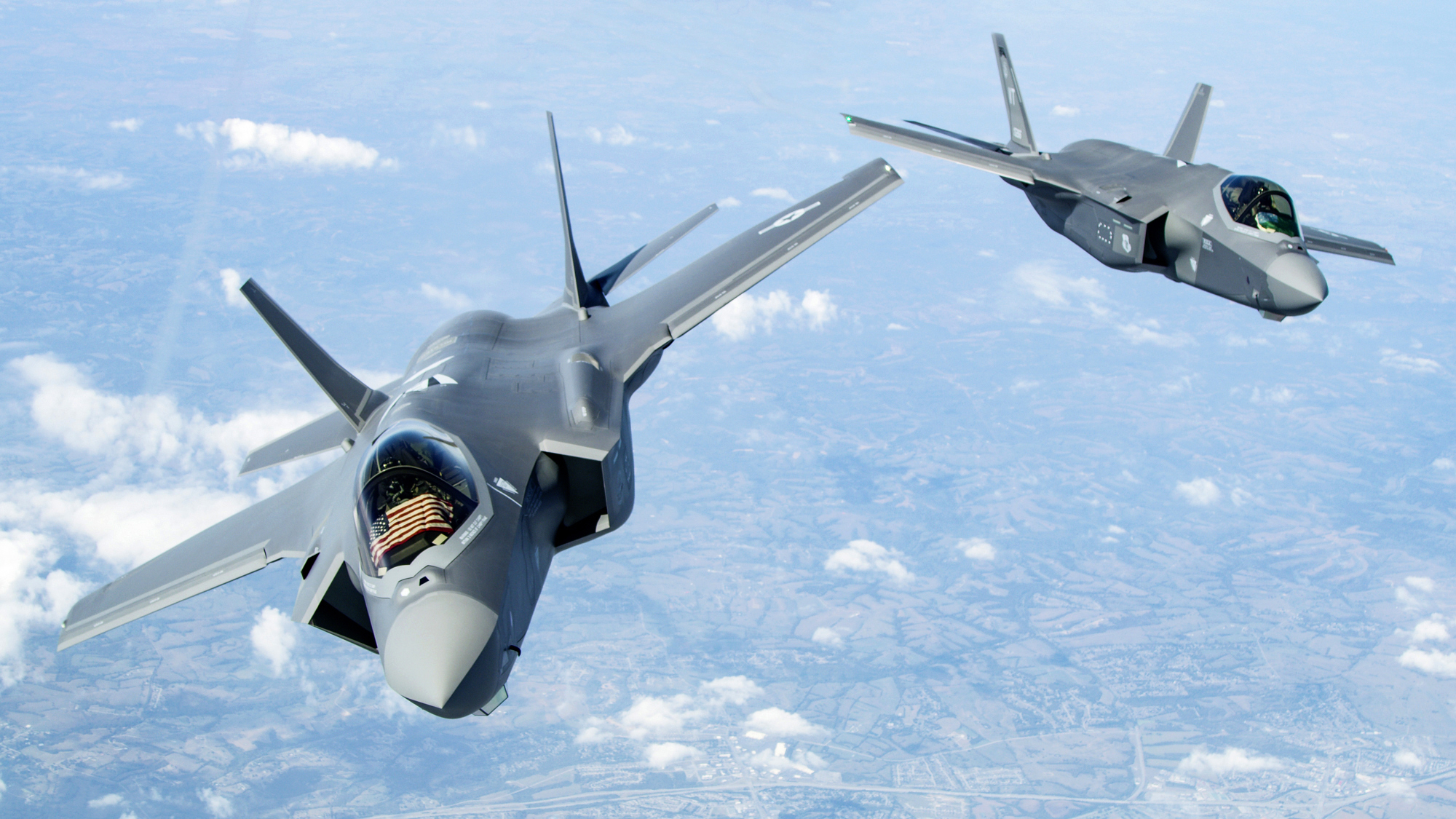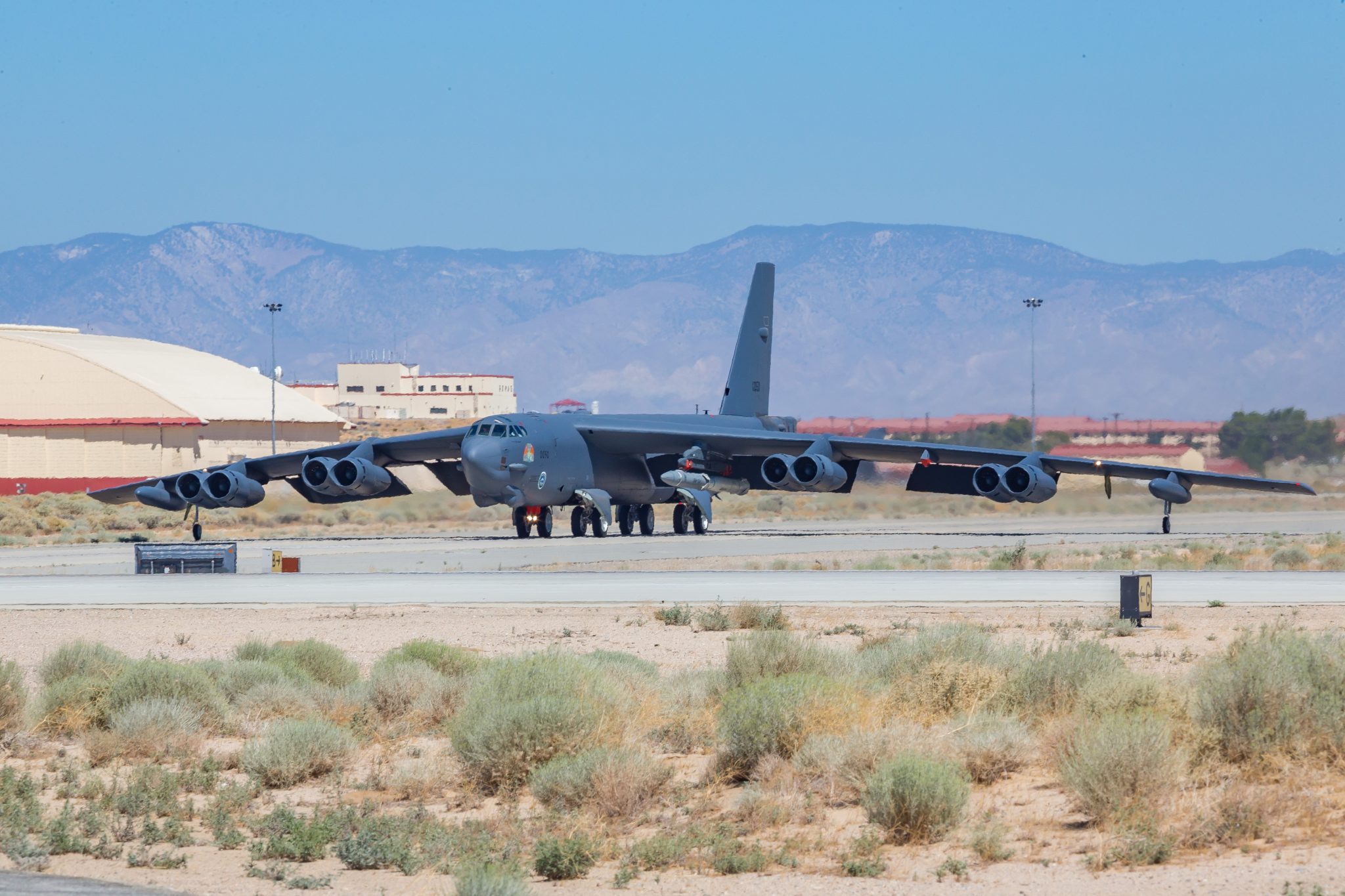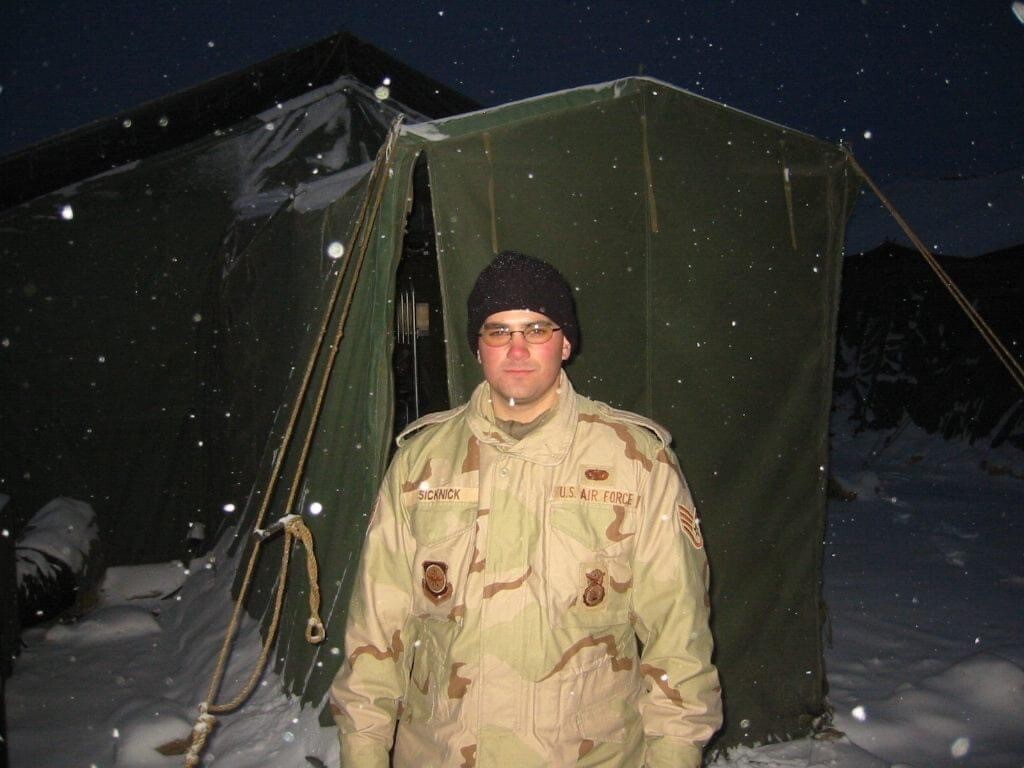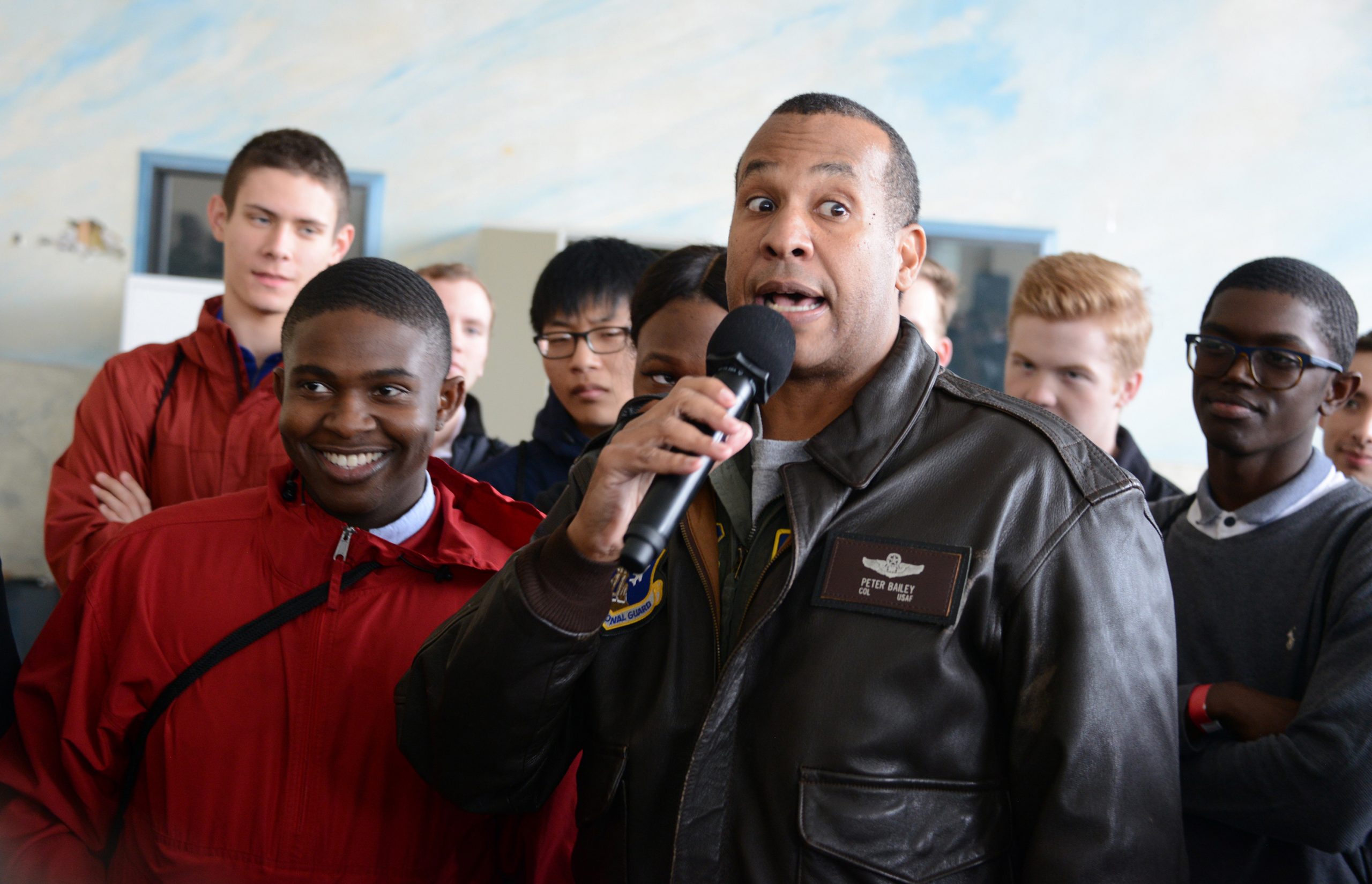The National Guard Bureau plans to send 10,000 troops to the National Capital Region in the lead-up to the 2020 Presidential inauguration, with permission to tap another 5,000 if the need arises, NGB Chief Gen. Daniel R. Hokanson told reporters Jan. 11.
The U.S. Secret Service, U.S. Capitol Police, and U.S. Park Police have all requested NGB support, he said during a joint press briefing with Assistant to the Secretary of Defense for Public Affairs Jonathan Rath Hoffman.
“To date, our troops have been requested to support security, logistics, liaison, and communication missions,” Hokanson said, noting that the Guard presence may grow closer to 15,000 depending on what kind of help these groups ask for and that NGB is working with them “on a case-by-case basis.”
All of these Guard troops are being activated under Title 32 status, and may carry out law-enforcement duties if an agency asks them to, he added.
More than 6,000 National Guard troops from the District of Columbia National Guard and six additional states are currently on the ground as backup to civil authorities within the National Capital Region in the wake of a Jan. 6 attack on the U.S. Capitol Building that left both rioters and members of law enforcement—including U.S. Capitol Police Officer and Air National Guard veteran Brian D. Sicknick—dead, Hokanson said.
The Defense Department on Jan. 8 released a timeline of Guard-related planning and involvement surrounding the Capitol breach two days prior.
The remaining personnel set to comprise the 10,000-troop total are slated to arrive in the area by Jan. 16, Hokanson said.
Hokanson said NGB is in constant contact with the Federal Bureau of Investigation and law enforcement to ensure that Guard personnel have the equipment and preparation they need for any potential threats that may arise during their time in D.C.
“Anytime our National Guardsmen go somewhere, we make sure that they bring all of the equipment that they may or may not need, so that we don’t have to, you know, fly back to New York to go get something that we forgot,” he explained. “So when we ask them to travel, we ask them to bring all their equipment, their safety equipment, we actually make sure that they do bring their weapons as well, just so they’re here locally. Ideally, we’ll never need them. But if we do, we wanna know that they’re close by and they’re readily accessible, if necessary, based on the mission.”
He added that while NGB wants to ensure that troops deployed in the district “have the right to self-defense,” that the question of whether they need to be armed during their time serving in the NCR “will be an ongoing conversation” between NGB, the federal agencies its troops support, the Federal Bureau of Investigation, and law enforcement.
“If the senior leadership determines that that’s the right posture to be in, then that’s something we will do,” he said.

